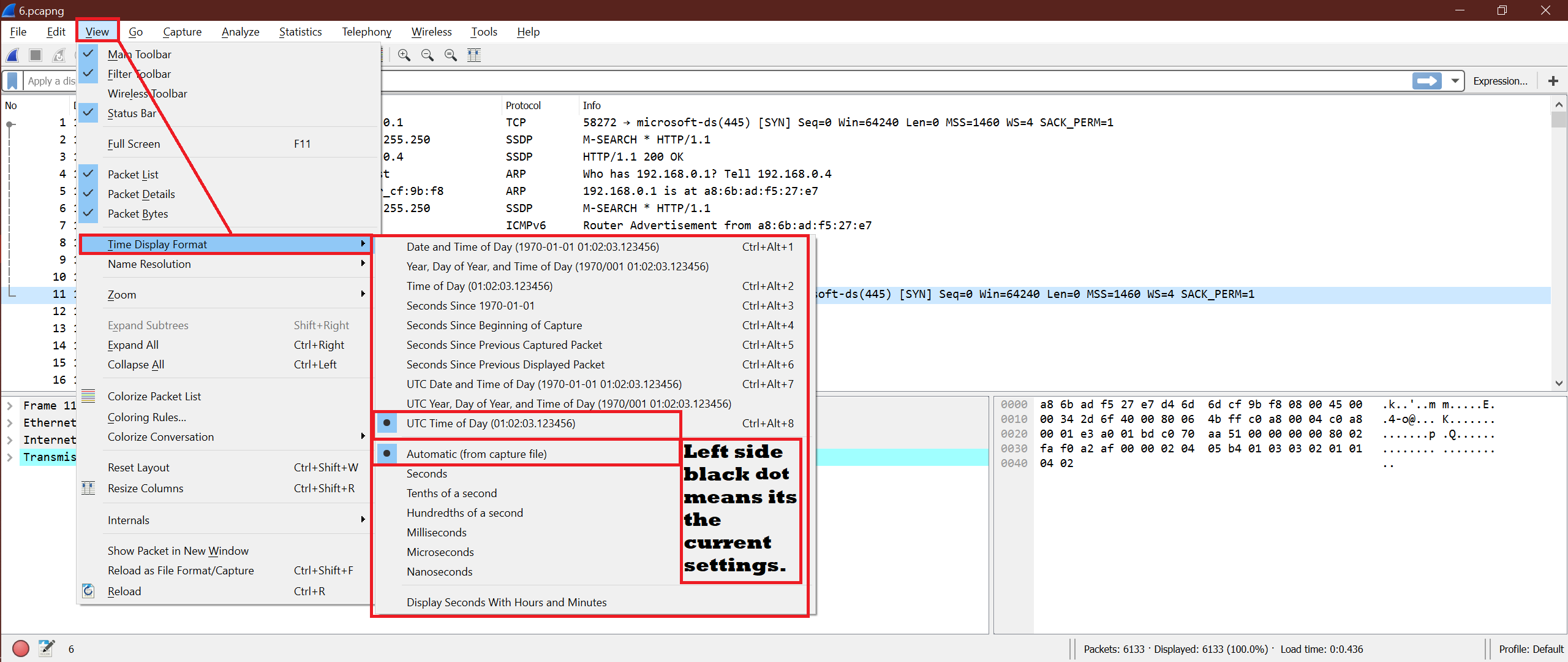

If the computer has the capability to open the open pcap files, it must be capable of opening the applications associated with them. Wireshark is available for a variety of operating systems, including Windows, Mac, and Linux. These programs will allow you to open and view the contents of the pcap file. How Do I View A Pcap File In Linux? Credit: In order to view a pcap file in linux, you will need to use a program such as Wireshark, tcpdump, or ngrep. It could be even more convenient to prefix the port keyword withsrc/dst assrc port 53 or dst port 53 in order to filter it further. Port 53 is a port that can be used to capture DNS traffic. Once you’ve decided on the interface (usually eth0) you’d like to monitor, you can begin monitoring packets on it by providing the interface name to the -i argument, which is usually -eth0, for example.įor network packets that use port X as a source or destination, TCPdump can be used. This command will generate a list of all interfaces that TCPdump has detected. To read the output from a file, use the TCPdump-r option, which specifies the path to the file. The “-w” option can be used in the command line. TCPdump allows you to save the capture TCP/IP packets to a file so that you can examine them later. The netstat command, which is used to troubleshoot and configure, can also be used as a monitoring tool. How can I read PCAP files in Linux? The Wireshark software can now read previously saved capture files.

In order to install the telnet client, execute the following command. If you want to read a file with a path, use the -r option. It can read the contents of a network interface or a previously created packet file by using the Tcpdump command. The Tcpdump is built using the libpcap library, which is widely available on almost all Linux distributions. We will also show you how to use Wireshark to open tcpdump files. In this article, we will show you how to read tcpdump output file in Linux. Tcpdump uses the pcap library to capture packets and it can save the captured packets in a file for later analysis. This tool is used to capture network packets and it is very useful for network troubleshooting and analysis. If you are a Linux user, you might already be familiar with the tcpdump tool.


 0 kommentar(er)
0 kommentar(er)
